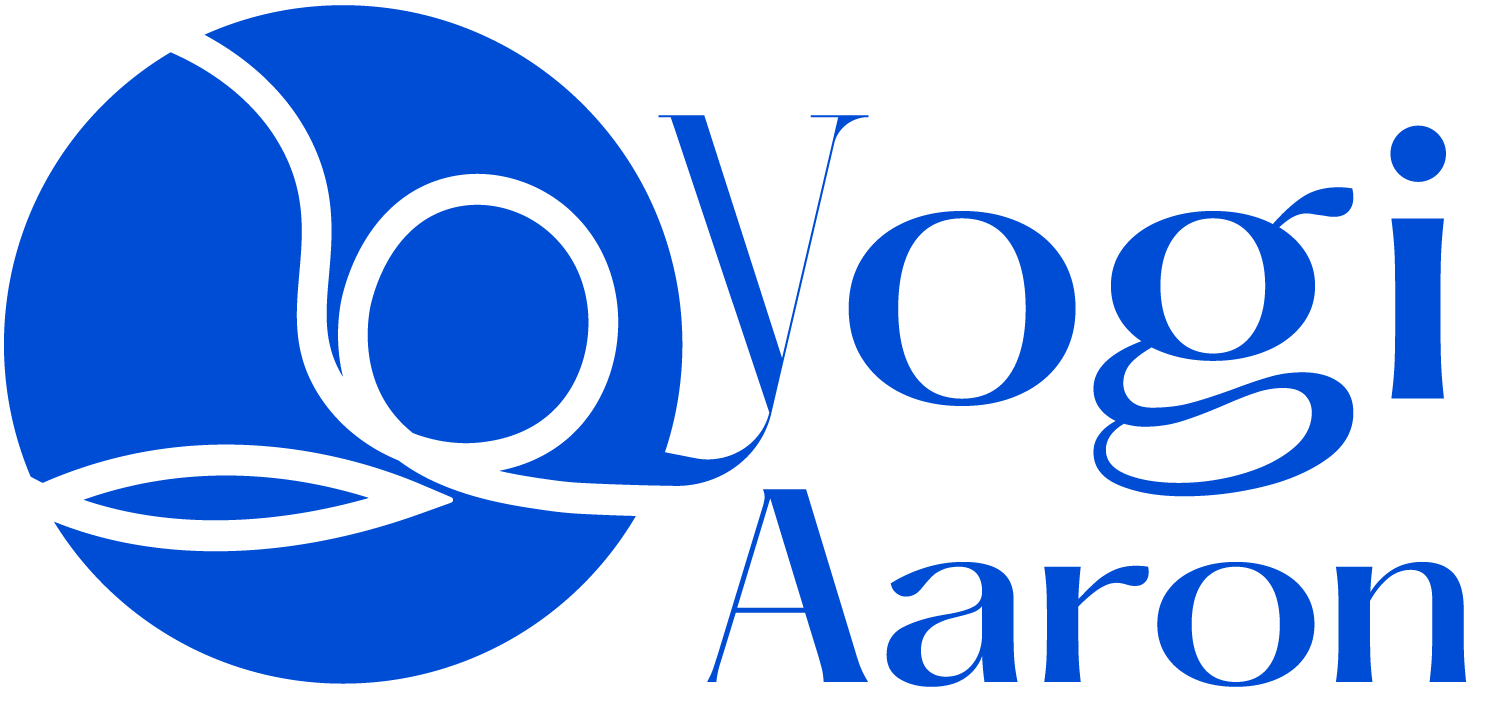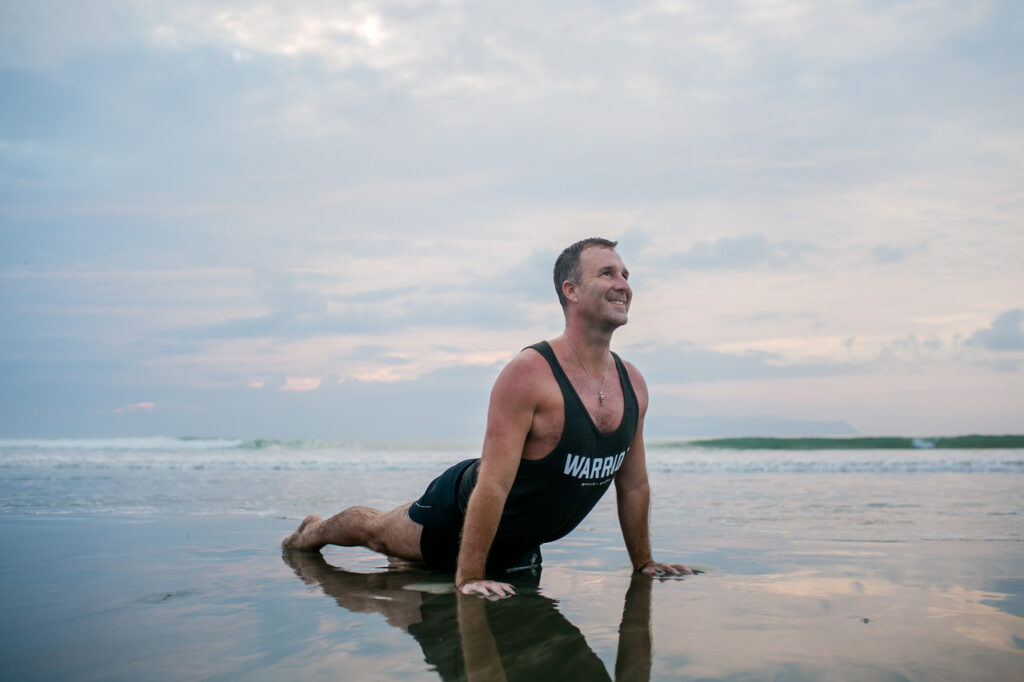
When many people think of yoga, there is an association with very bendy, thin women in spandex clothing. There also might be an association with gym culture and phrases such as “Push through the pain!”, “No pain, no gain”, or “Pain is a state of mind”. Whether you are a seasoned yogi, gym goer, or newbie to the yoga world, there are many reasons people are drawn to yoga.
The most common Google searches for people who are looking for yoga solutions are:
- Yoga flexibility
- Yoga for painful lower back
- Yoga for lower back and hips
- Yoga for sore muscles
- Yoga for muscle building
- Yoga for hamstrings
- Yoga stretch after a workout
- Yoga splits stretches
- Yoga for strength and flexibility
Many people search for yoga postures for flexibility and ways to stretch out the muscles they are most focused on. The desire to be ‘flexible’ to achieve these other fitness goals can take away from the greater benefits of yoga.
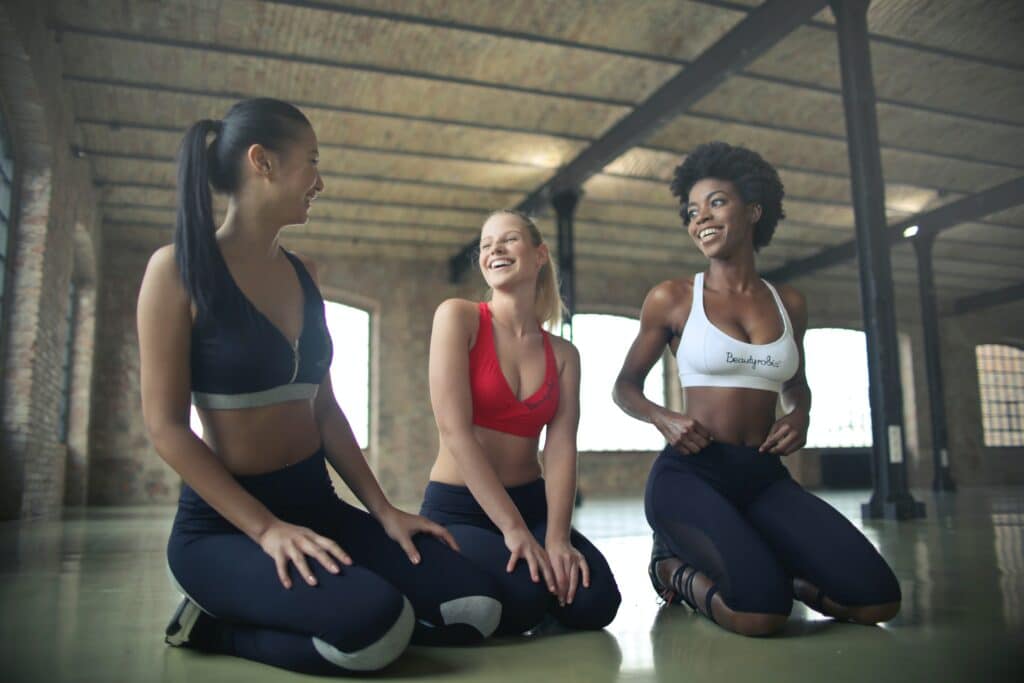
Why Do We Practice Yoga?
Historically, yoga was meant to be a practice for people to be able to turn inwards. It helped people become aware not only of the physical body but also the mental, emotional and spiritual aspects. When practiced in its purest intention, yoga informs us of what our body and mind need. When we experience pain while practicing yoga or even in our everyday lives, this is the information we can use to better cater to our body’s needs and limitations. The pain is telling us that something needs to be addressed. Often it is telling us that stress, trauma, and overuse are actually wearing away at our muscle function.
When this happens continuously over time, we create a recipe for disaster, causing more harm in the long run. Unfortunately, modern-day yoga culture encourages us to “push through the pain” enough to end up hurting ourselves. When muscle dysfunction and instability start settling in, the pain that was initially caused will need to be undone. This is where muscle activation techniques can help us out.
Bringing Awareness to the Pain
Something that you may have heard in yoga is to “bring awareness to the points of discomfort” or something similar. Starting to notice where the discomfort happens in our bodies when we do certain asanas will help us to improve. We can use this information to cater our practice to our bodies, rather than forcing our bodies into a practice not built for us.
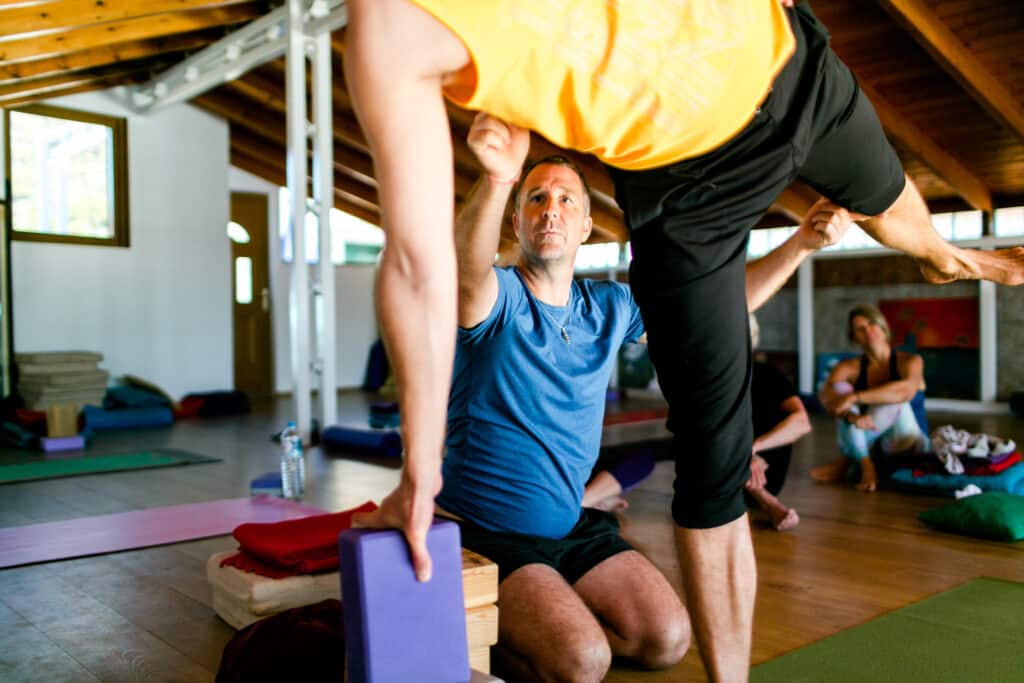
Many ambitious yogis will try different methods of yoga to add to their toolbox of yoga techniques. This might include power yoga, ashtanga, Bikram, etc., and though these classes will often encourage flexibility, it is essential to mindfully notice what is happening in your body while practicing. As you stretch beyond flexibility in these poses, you may also encourage pain. Many yogis turn to yoga for pain management, but it only prolongs or maintains the pain.
Applied Yoga Anatomy and Muscle Activation (AYAMA) and muscle activation help us to address three main reasons for pain in our bodies; stress, overuse, and trauma.
Listen to the STOP Stretching podcast series NOW!
Stress
Stress on the muscles happens when we stretch them far past their capacity, repeatedly over time.
Trauma
Trauma to the muscles simply implies any type of injury or strain that has occurred to the muscle or surrounding joints.
Overuse
Overuse of the muscles is common with muscles such as the psoas and other key hip flexors, hamstrings, or glutes.
By slowly raising the tolerance level of the muscles to maintain the forces being put on the body, we can minimize the amount of pain caused by stress, trauma, and overuse. Muscles will start to tighten around these areas as a way to protect themselves and your body. A great way to think of it is when you slip on a surface, and your muscles tighten to hold you up.
Similarly, you can think of when someone jumps out at you, and your muscles prepare to run. Instead of encouraging the tightening of these muscles through stretching, we should improve their ability to safely contract, which allows for a better range of motion.
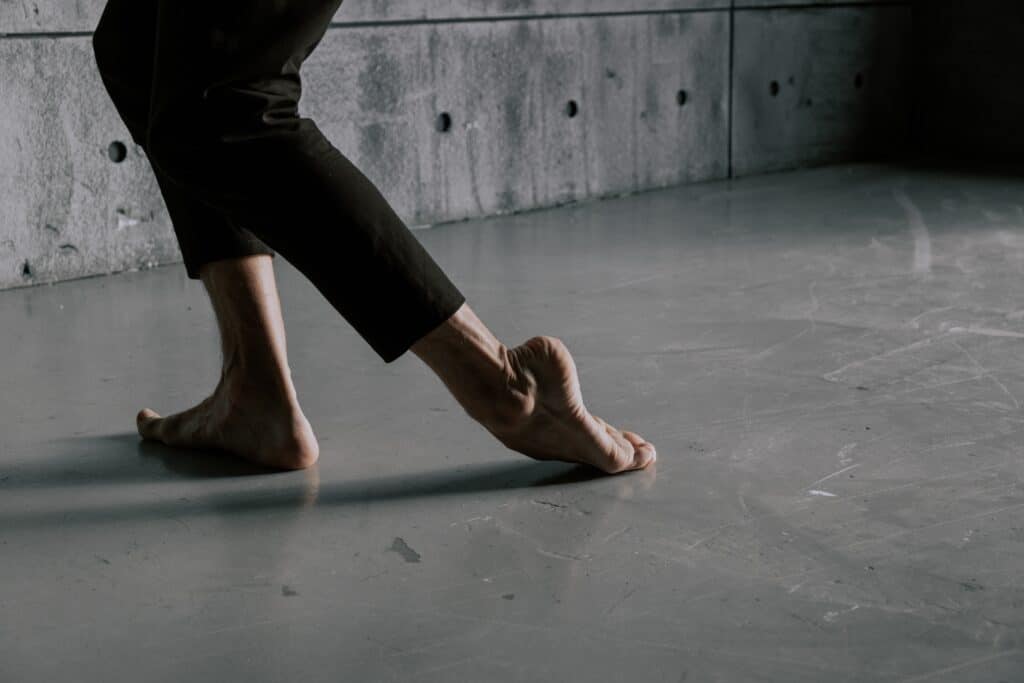
Through AYAMA practices, we can understand that there is a disconnect between the mind and the muscles. Some muscles have been programmed to activate, and some to deactivate. The muscles that have experienced the most stress, trauma, and overuse have learned to contract and shorten improperly and unsafely.
AYAMA teaches us to slowly increase the range of motion with our most unstable muscle groups, rather than targeting the flexibility of individual muscles. AYAMA provides a safe alternative to ‘flexible yoga’ and allows space for ‘inflexible yoga’.
All Bodies are Yoga Bodies
Instead of thinking, “What is wrong with my muscles?” the gentler and more accurate thing to say would be “What happened to my muscles?”. When we become curious about the uniqueness of our bodies and what may have happened to them, we can get to the core of the issues.
Many people have fallen into the trap of believing that their bodies are not good enough to practice yoga. This could be because they have come to believe false ideas about ‘what yoga is’ or ‘what yoga should look like’. It could also be because they believe their muscles are not able to practice yoga. The truth is that yoga can be made accessible for beginners and experienced yogis alike. Whether you are young or old, yoga can benefit all types of bodies.
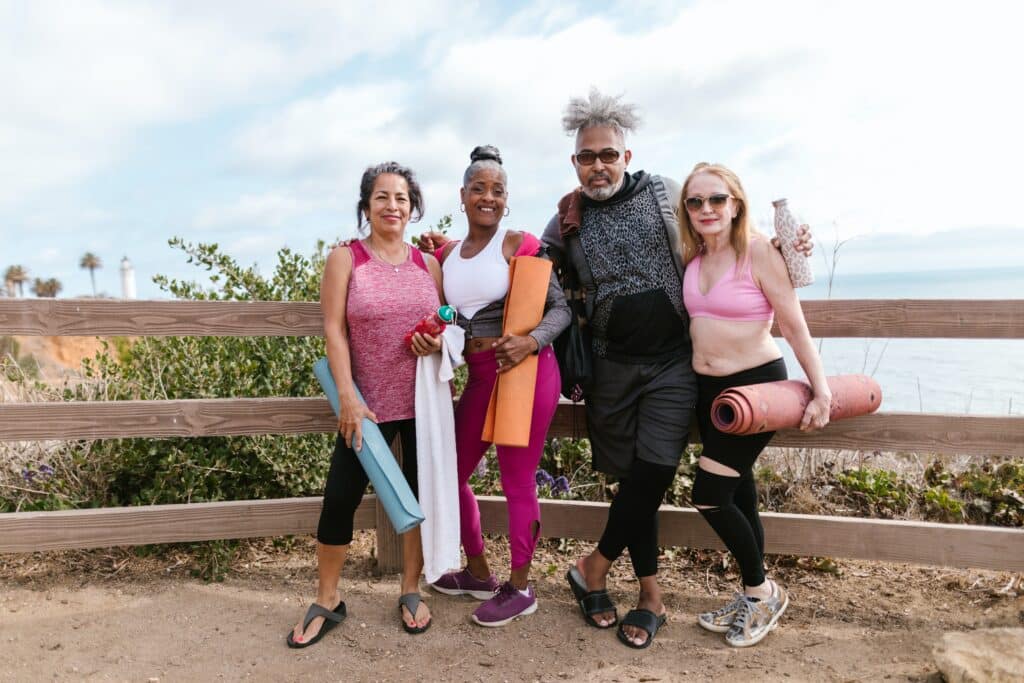
Often people with older bodies may limit themselves with the belief that their muscles and bodies cannot do certain things that it could when it was younger. It is true that as we get older our muscular system’s ability to tolerate forces declines.
When this starts to happen, we may have more symptoms related to pain and dysfunction. These are the aches and pains we relate to aging and the failure of the muscular system. However, when you hold onto this thought, it can also be limiting.
Founder of Muscle Activation Techniques (MAT) Greg Roskoff said:
“Getting older and becoming debilitated is not a sign of old age but a sign of loss of muscle function that is due to stress, trauma, and overuse. If we can improve muscle function and return the muscle function to working optimally, perhaps we don’t have to become as debilitated as we get older”
Setting the Body Free
Greg’s words are important to keep in mind for people who are young, old, and everywhere in between. Each body has a unique story and when we become curious about this story, we can read it more clearly. If we can choose to accept our bodies as they are, we can actually create more freedom to do more with our bodies. In order to get to a place of clarity and understanding with our bodies, we can start by following these 5 main rules:
- No stretching
- Never use the word flexibility
- Practice informed sequencing
- Always work towards improving muscle function
- Aim to improve communication between the brain and the muscular system
All of these rules fall within the practices of muscle activation, and this practice will assist in alleviating pain. Visitors at Blue Osa that specifically come for the immersion training report feeling pain-free after about day 6-9. This speaks to the huge benefits of AYAMA, even when practiced for a shorter period of time. There are more tips to learn about AYAMA on Yogi Aaron’s new podcast Stop Stretching.
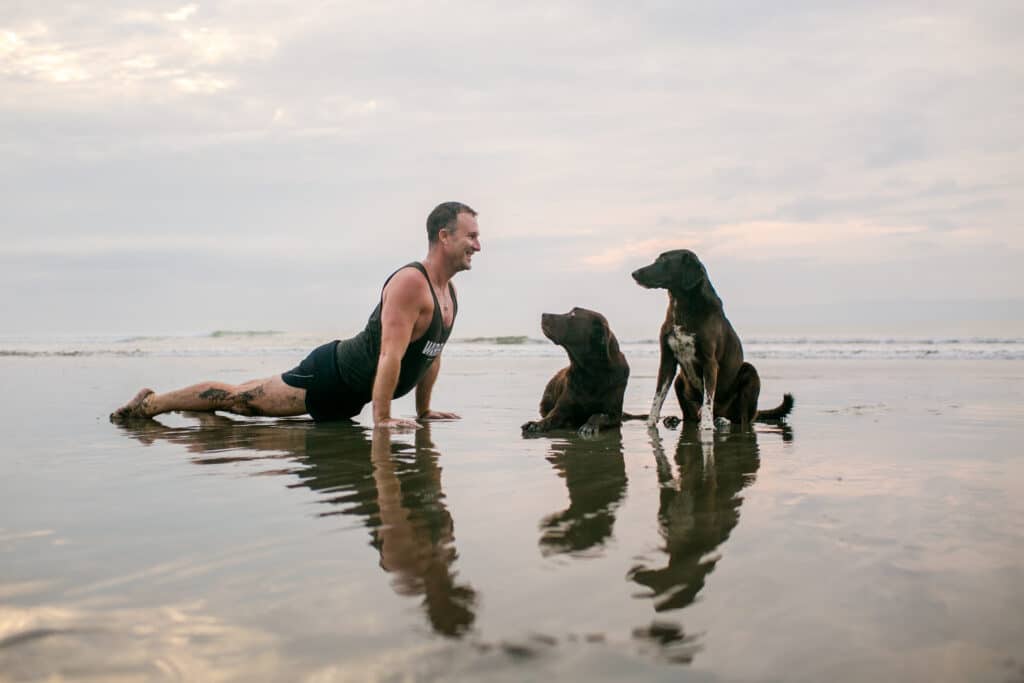
Through muscle activation and lessening your stretching, you’ll slowly begin to have a life that is pain-free. Not only this, but you can also get back to all the activities you love, with less worry about injury or pain.
Listen to the STOP Stretching podcast series NOW!
